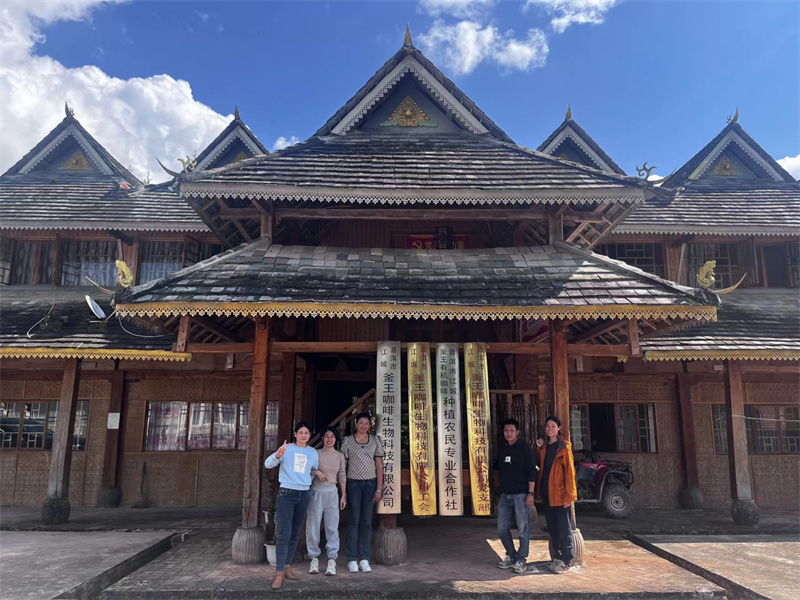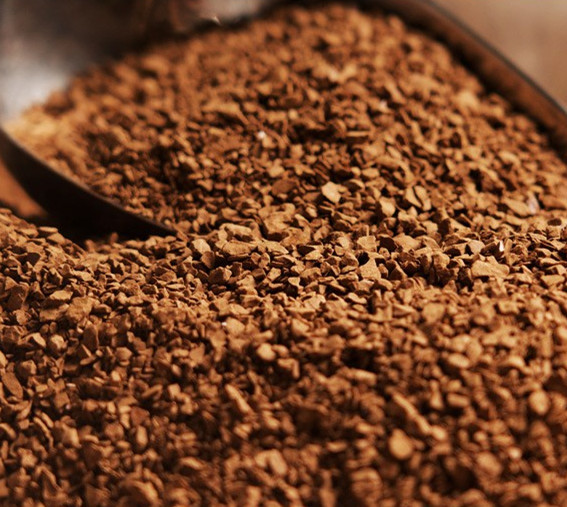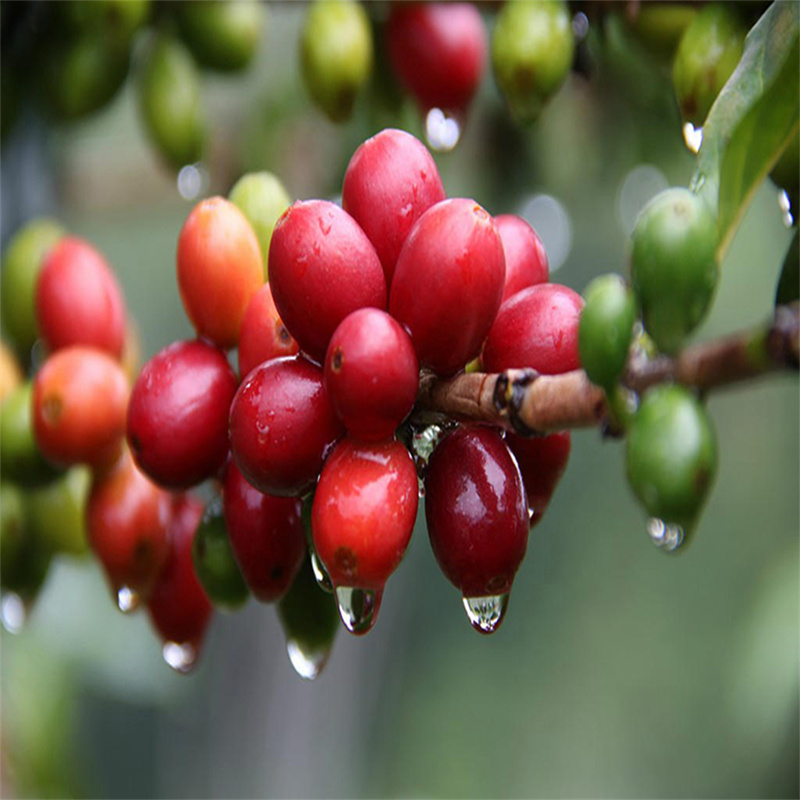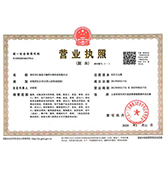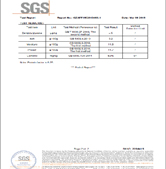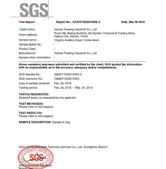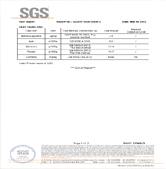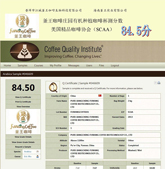- 1
- 2
- 3
- 4
- 5
- 6
- 7
- 8
Tel:(86-898)66729565 36667880
Fax: (86-898)66729560
E-mail: coffee@sinofuwang.com
Website: www.greencoffeebean.cn

企业注册信息公示扫码
What is coffee? Coffee is the seed of a cherry from a tree which grows from sea level to approximately 6000 feet in a narrow
subtropical belt around the world.
Coffee trees are an evergreen and grow to heights of 20 feet. To simplify harvesting the trees are pruned to 8 to 10 feet.
Coffee cherries ripen at different times so they are predominantly picked by hand. It takes approximately 2000 Arabica
cherries to produce just one pound of roasted coffee. Since each cherry contains two beans your one pound of coffee is derived from 4000 coffee beans.
The average coffee tree only produces one to two pounds of roasted coffee per year and takes four to five years to produce its first crop.
The coffee plant first produces delicate clusters of white blossoms resembling jasmine in shape and scent. These blossoms last only a few days. Small green coffee cherries then begin to appear and ripen to yellow... red... and finally almost black within six to nine months. Once the coffee cherries are picked they are transported for processing. The fruit is then removed from the seed by one of two methods. The natural or dry process where the cherries are dried in the sun or in dryers and the fruit is then separated from the bean by processing them through a mechanical husker. Or by a superior soaking method know as the wet process which produces beans which are referred to as washed coffees.
The green beans are then dried sized sorted graded and selected usually all by hand. The beans are then bagged and are ready for shipment to local roasters around the world. Few products we use require so much in terms of human effort.
The two commercially significant species of coffee beans are: coffea arabica and coffea robusta.
Arabica beans grow best at altitudes over 3000 feet. This species produces superior quality coffees which possess the greatest flavor and aromatic characteristics. They typically contain half the caffeine of the robusta beans. Arabica production represents 80% of the world’s coffee trade however only 10% of this meets speciality coffee standards.
Robusta beans are usually grown at lower elevations. Robusta trees are easier to grow produce higher yields and are more disease resistant than the arabica species. Robusta beans usually possess a woody astringent flavor. They are used when a lower price or additional caffeine is desired. A small percentage is typically added to many Italian espresso blends for the additional crema and complexity they contribute.
In addition to the species of the coffee many other factors contribute to the overall quality of the green beans. Seed stock plantation location soil composition altitude weather conditions fertilization cultivation harvesting and processing methods will all have a dramatic influence on the finished product
Copyright 2012 PU'ER JIANCHENG FUWANG COFFEE BIOTECHNOLOGY CO.,LTD All Rights Reserved. ICP:琼ICP8565243号
Address:Hainan Haikou, Guomao Road, Beijing Building Tel:(86-898)66729565 36667880
